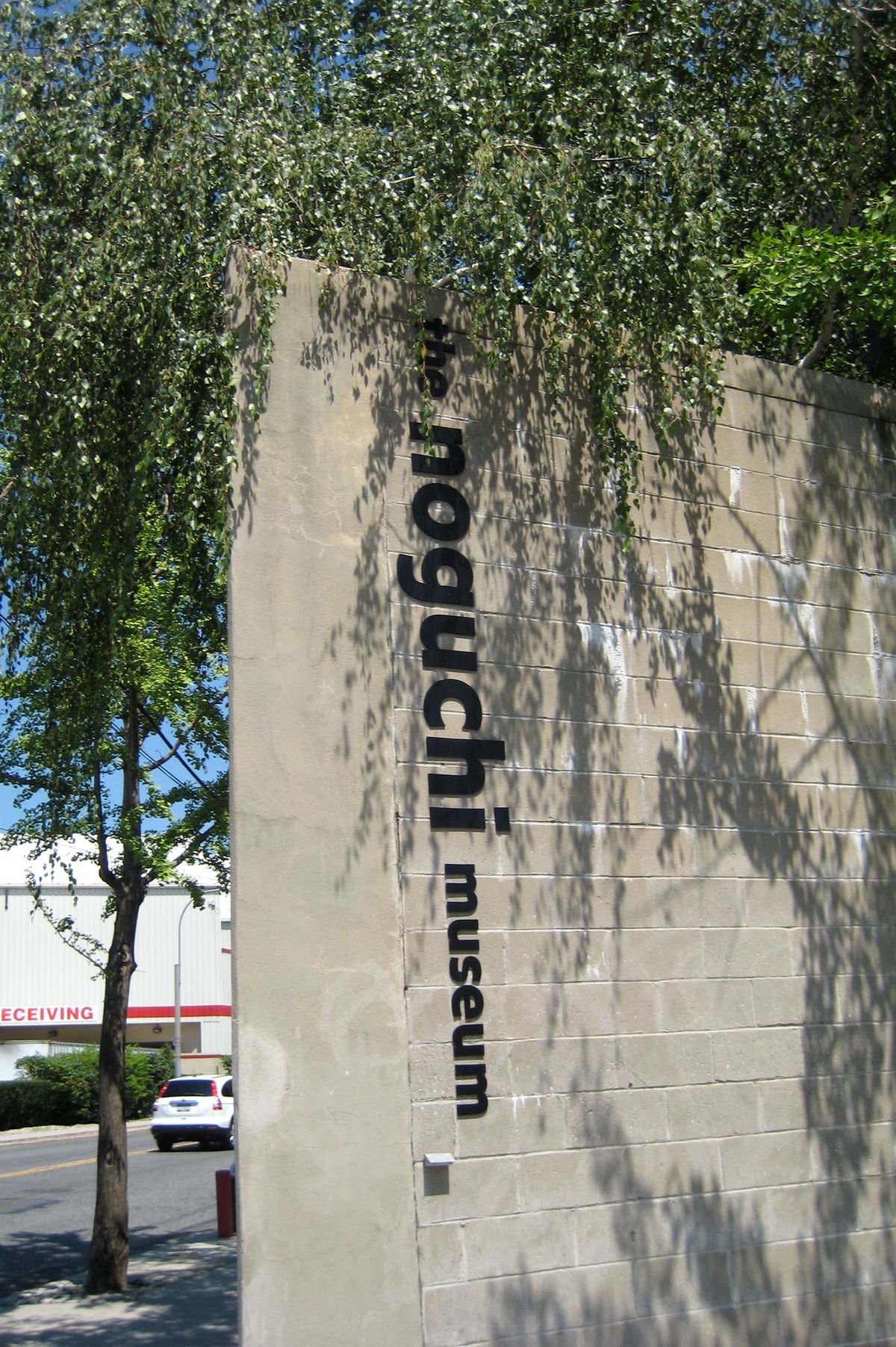Employees of the Noguchi Museum—a museum devoted to the Modernist sculptor and designer Isamu Noguchi located in the Astoria neighbourhood of Queens, New York—walked off the job on Wednesday (21 August) in protest of new amendment introduced to the employee dress code, banning employees from wearing clothing or accessories that display political messages, slogans or symbols. This includes apparel or items promoting political parties, candidates or ideological movements, like the keffiyeh.
According to museum workers who walked off the job in protest, the policy “is distinctly anti-Palestinian” and stems from an incident last week in which a gallery attendant was reprimanded for wearing a keffiyeh to work. The members of Noguchi Museum Rights circulated a petition that has been signed by 54 of the museum’s 72 employees which was in turn delivered to the museum’s board, its director, Amy Hau, and its deputy director, Jennifer Lorch. According to a museum spokesperson, eight workers walked off the job on 21 August.
The petition outlines an incident on the morning of 14 August in which a gallery attendant was allegedly called into a meeting with Hau and the museum’s director of people and culture, Lizan Highland, and told that they could no longer wear a keffiyeh at work. When they refused to remove it, they were sent home. A staff meeting was hastily organised the same afternoon in which workers were reportedly told they were prohibited from wearing “political dress”. The following morning, a previously planned monthly all-staff meeting reportedly “ended in tears”, and two gallery attendants were sent home for refusing to remove their keffiyehs. Many workers across multiple museum departments walked out in protest at that time. The walkouts were first reported by Artnews.
“As staff members, we are dedicated to protecting and fostering the work and legacy of Isamu Noguchi—a man who understood intimately the injustice of targeted discrimination and displacement,” the Noguchi Museum Rights petition reads in part. “We believe that this directive does not serve the overall mission of the museum. We reject the assertion that ‘politics’ can be separated from cultural institutions.”
A spokesperson for the museum said that seven security guards were brought in to work 21 August, anticipating that the eight gallery attendants who typically work in the museum would not be present.
In a statement, a spokesperson for the museum acknowledged that “concerns were raised about a staff member wearing a keffiyeh while at work”. The statement continues: “We are proud that our team reflects a wide array of perspectives and lived experiences, and we fully support our staff's commitment to activism and freedom of expression outside of the workplace. However, within the museum, our responsibility is to foster a safe, inclusive and welcoming environment for all staff and visitors. To maintain this environment, we have made the decision to remove political statements from our workplace.”
What is a keffiyeh, and what does it represent?
The keffiyeh is a traditional headdress often worn by men in North Africa and West Asia. Black-and-white keffiyehs have been associated with the Palestinian solidarity and independence movements since the mid-20th century. Since the beginning of the Israel-Hamas war on 7 October 2023, wearing a keffiyeh has become a widespread practice for many supporting Palestinians and calling for a ceasefire in Gaza. This has caused incidents of repression due to that association—two people wearing keffiyehs were barred from entering the Museum of Modern Art in New York in March, an incident for which the museum subsequently apologised.
Around 1,200 people were killed in Israel during the 7 October attacks and around 250 were taken hostage. Israel’s invasion of Gaza has killed more than 40,000 Palestinians, according to the latest figures from the Hamas-run health ministry in Gaza.


